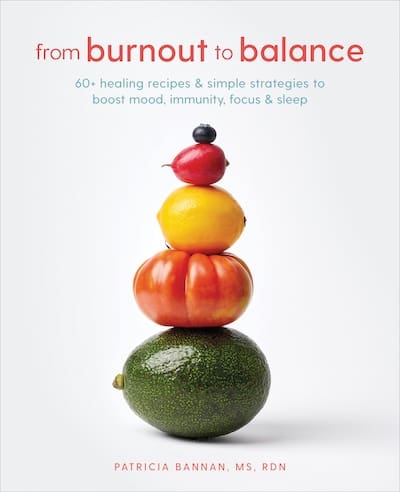You may have heard the term before, but what exactly is mindful eating? These tips and mindful eating exercises will help bring this practice into your everyday life in simple and approachable ways.
Mindful eating has gained a lot more attention in recent years, but a lot of confusion around these terms still exists. Without diving too deep into the topic, these tips and ideas will help you practice more conscious eating, how to listen to your body and internal cues around hunger, and simply how to eat mindfully one step at a time. Mindful eating exercises have never seemed so simple!
What is mindful eating?
Simply put, mindful eating is exactly what it sounds like – bringing more mindfulness to your eating habits. It is using your senses to fully experience, and be present in the moment of eating. This can help you tune into your internal hunger and fullness cues to decide what feels good in your own body as far as when and how much to eat.
One of the key features of mindful eating is to go in without judgement. You are simply gathering information on your likes, dislikes, physical feelings, and emotions when eating without judging these experiences. Adding a mindful practice to your eating and drinking habits can help you transcend these exercises into other aspects of your life as well.
Simple and Effective Mindful Eating Exercises
Here are a several mindful eating exercises you can practice to bring more awareness to your meals, with clear steps and examples for each.
- Listen to your body
- Explore the senses – smell, taste, touch, and sound
- Take breaks throughout your meal
- Gather feedback about how you feel after your meal
Listen to your body
One of the first steps to practicing mindful eating is to truly tune into your body. A lot of times, we get busy, and simply go through the motions of the day without really being in the moment. This may be eating lunch through a conference call, grabbing breakfast while checking emails, or helping the kids with homework at dinnertime.
Whatever the case is, it is all too easy to lose touch with our bodies’ internal signals. Practice by exploring what hunger and fullness feels like for you. This can appear differently for everyone, but it can include a growling stomach, fatigue, headaches, or irritability. See what manifests for you, and start eating when you feel hungry, but not ravenous. Practicing mindfulness when you are starving is much more difficult than starting when you are moderately hungry.
The same applies for fullness. It can take 15 to 20 minutes for the fullness signals to reach the brain, so give yourself time to feel satisfied with your meal. Again, use this time to gather information rather than for judgement. If you wait until you are starving, or eat past your satisfied level, that’s okay. Just take a mental note of how you feel physically, and accept it for what it is. Next meal, you’ll have a better idea of what will make you feel your best.

Explore the senses
Another area that gets pushed to the side when we multitask while eating is our senses. Using our sense of smell, taste, touch, and sound during a meal can turn the meal into a whole new experience.
Truly explore how your food smells, how it looks, the textures, and of course how it tastes. A lot of times, you may find that you need a much smaller portion of foods you usually can go overboard on when you give the experience of eating your full attention. Don’t feel like you have to do this for each and every meal, each and every day. Start with one that is easiest for you, and go from there.
Take breaks throughout your meal
Taking breaks throughout your meal can help you both tune into your hunger/fullness signals, as well as use all of your senses more. An easy way to slow down your meal is to put down your fork in between bites. This task alone can be a signal to turn on your senses, and give eating your meal your full attention.
If you usually go back for seconds, give yourself a little time in between helpings. Use a 10 minute break to dial in your fullness, and help you determine if you are truly hungry for more, or are simply eating out of habit.
Gather feedback after your meal
Last, but certainly not least, is to gather feedback from your meals. While it is still not a time for judgement or criticism, it is helpful to learn what foods feel good for you and your body. You may find that you’re more satisfied when you have eggs and toast for breakfast instead of a muffin, or you find that you actually don’t like chocolate cake as much as you thought you did.
Take each moment of eating to gather feedback, see how certain foods or beverages make you feel, and use this information to bring more mindfulness to your eating habits going forward.
Which of these mindful eating exercises appeals to you most? Please share, I’d love to hear!





